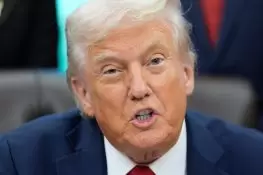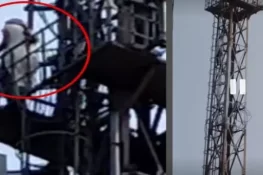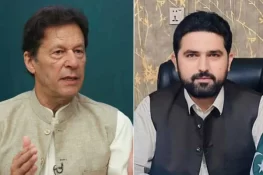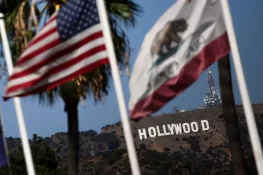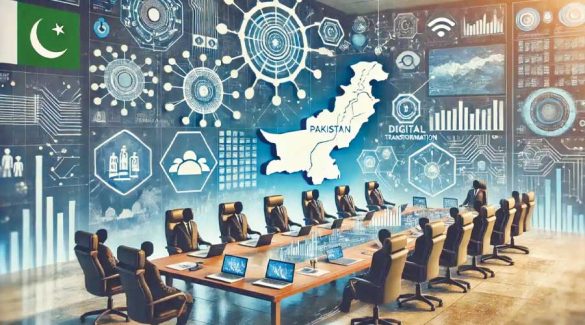A Surprising Start: Iran Recognized Israel Early in the Conflict Timeline
In the early years following Israel’s creation in 1948, Iran surprisingly emerged as one of the first Muslim-majority nations to recognize the new state. During the reign of Shah Mohammad Reza Pahlavi, Iran established diplomatic ties with Israel, driven by shared geopolitical interests. This early phase of the Iran Israel conflict was marked more by alliance than by rivalry.
Read more in Urdu about how Iran and Israel’s early friendship eventually turned into a lasting rivalry. Full story here
Iran provided Israel with oil, and Israel reciprocated with agricultural expertise, military training, and technological support. The relationship was rooted in pragmatism rather than ideology.
Project Flower: A Hidden Chapter in the Iran-Israel Conflict
One of the most secretive collaborations in Middle Eastern history was Project Flower, a joint missile development program between Israel and Iran in the late 1970s. At that time, the Shah of Iran sought advanced defense systems, and Israel provided the design and expertise while Iran supplied funding and infrastructure.
The aim was to build long-range missiles that could enhance both countries’ defense capabilities amid growing regional tensions. This cooperation reflects how the Iran Israel conflict was once unimaginable.
The 1979 Islamic Revolution: Turning Point in Iran-Israel Relations
The Islamic Revolution in 1979 reshaped Iran’s foreign policy and triggered the start of the modern Iran Israel conflict. Ayatollah Ruhollah Khomeini declared Israel a “Zionist regime” and a “Little Satan.” All diplomatic and military ties with Israel were severed.
Iran realigned itself ideologically and strategically, promoting the Palestinian cause and labeling Israel as a Western colonial outpost. This shift laid the foundation for decades of hostility and the emergence of proxy warfare in the Middle East.
Nuclear Tensions: From U.S. Support to Existential Fear
Iran’s nuclear ambitions began under U.S. supervision in the 1950s, but after the 1979 revolution, trust between Iran and the West evaporated. The nuclear program continued, but suspicions grew—particularly in Israel.
Israel views a nuclear-armed Iran as an existential threat, a key trigger in the Iran Israel conflict. The presence of Iranian nuclear facilities and continued uranium enrichment deepened tensions, especially with the involvement of IRGC (Islamic Revolutionary Guard Corps) and alleged Mossad sabotage operations.
From Proxy Wars to Direct Clashes: A New Phase of the Iran Israel Conflict
While Iran and Israel had long relied on proxy forces such as Hezbollah, Hamas, and Shiite militias in Iraq and Syria, The 2024–2025 period marked a sharp escalation, with fresh missile attacks reported in 2025 marking the first time hostilities turned into direct military confrontation. Full report
Abraham Accords: Realignment of Middle Eastern Alliances
The Abraham Accords in 2020—brokered by the U.S.—saw the UAE, Bahrain, Sudan, and Morocco normalize relations with Israel. Iran condemned these agreements as betrayals and a strategic shift in favor of Israel.
In response, Iran intensified support for its Axis of Resistance, bolstering Hezbollah, Hamas, the Houthis in Yemen, and others. This axis launched attacks on Israeli interests across the region, heightening the regional power struggle that defines today’s Iran Israel conflict.
Open Hostilities (2024–2025): From Espionage to Missiles
Israeli Strikes on Iranian Assets
Israel intensified its efforts to undermine Iran’s nuclear progress through assassinations of top scientists and airstrikes which Tehran responded to by reportedly downing another Israeli F-35 jet during Israeli operations in Syria, Iraq, and Iran. Details here
Iran’s Retaliation: Missile and Drone Attacks
Iran responded with ballistic missiles and drones, targeting Israeli infrastructure — including a major strike that shut down the Haifa oil refinery. Full story
While most were intercepted by Israel’s defense systems, Some caused casualties and infrastructural damage during Iran’s ongoing missile campaigns. More on the attacks
Tehran emphasized its right to defend its sovereignty and claimed to have downed multiple Israeli drones during its counter-offensive. Coverage here
Global Response and the Risk of Regional War
The worsening Iran Israel conflict has drawn international concern. The U.S. has continued to support Israel while urging restraint. Meanwhile, the UN, EU, Russia, China, and several Arab states have called for urgent diplomatic solutions.
The threat of a wider regional war has grown, with global markets, security alliances, and refugee flows all potentially impacted.
A Complex Conflict with No Easy End
What started as a strategic partnership has turned into one of the most dangerous rivalries in the modern Middle East. The Iran Israel conflict continues to evolve, with ideological divides, nuclear threats, and regional realignments pushing both nations toward a point of no return.
FAQs
Why did Iran and Israel become enemies?
Iran and Israel became enemies after the 1979 Islamic Revolution in Iran. The new Islamic regime, led by Ayatollah Khomeini, labeled Israel as a “Zionist regime” and cut all diplomatic ties. The conflict has since evolved due to ideological differences, proxy wars, and Iran’s nuclear program.
Did Iran ever support Israel in the past?
Yes. Before 1979, under the Shah’s rule, Iran maintained close diplomatic and military ties with Israel. They cooperated in areas like oil trade, defense technology, and even a joint missile project called Project Flower.
What is Project Flower in the Iran-Israel context?
Project Flower was a secret missile development program in the 1970s between Israel and pre-revolutionary Iran. The collaboration aimed to build long-range missiles but was terminated after the 1979 Islamic Revolution.
How is Iran involved in the Israel-Palestine conflict?
Iran supports Palestinian groups like Hamas and Islamic Jihad, providing them with financial and military assistance. Iran views the Palestinian cause as central to its opposition against Israel, often framing it as resistance against occupation.
What role do proxy groups play in the Iran Israel conflict?
Proxy groups like Hezbollah in Lebanon, Hamas in Gaza, and Shiite militias in Iraq and Syria serve as Iran’s strategic tools against Israel. These groups engage in indirect warfare, including rocket attacks, drone strikes, and border skirmishes.
How did the Abraham Accords impact Iran-Israel tensions?
The Abraham Accords, which normalized ties between Israel and several Arab nations in 2020, were strongly opposed by Iran. Tehran saw them as a betrayal of the Palestinian cause and a move that strengthens Israel’s regional influence.
Is a full-scale war between Iran and Israel likely?
While direct clashes have increased, both nations are aware of the high cost of full-scale war. However, growing tensions, proxy escalations, and miscalculations raise the risk of a wider regional conflict.
Why does Israel see Iran’s nuclear program as a threat?
Israel considers Iran’s nuclear ambitions a direct existential threat. Despite Iran’s claims of peaceful intent, Israel fears that nuclear weapons in Iranian hands could destabilize the entire Middle East.



